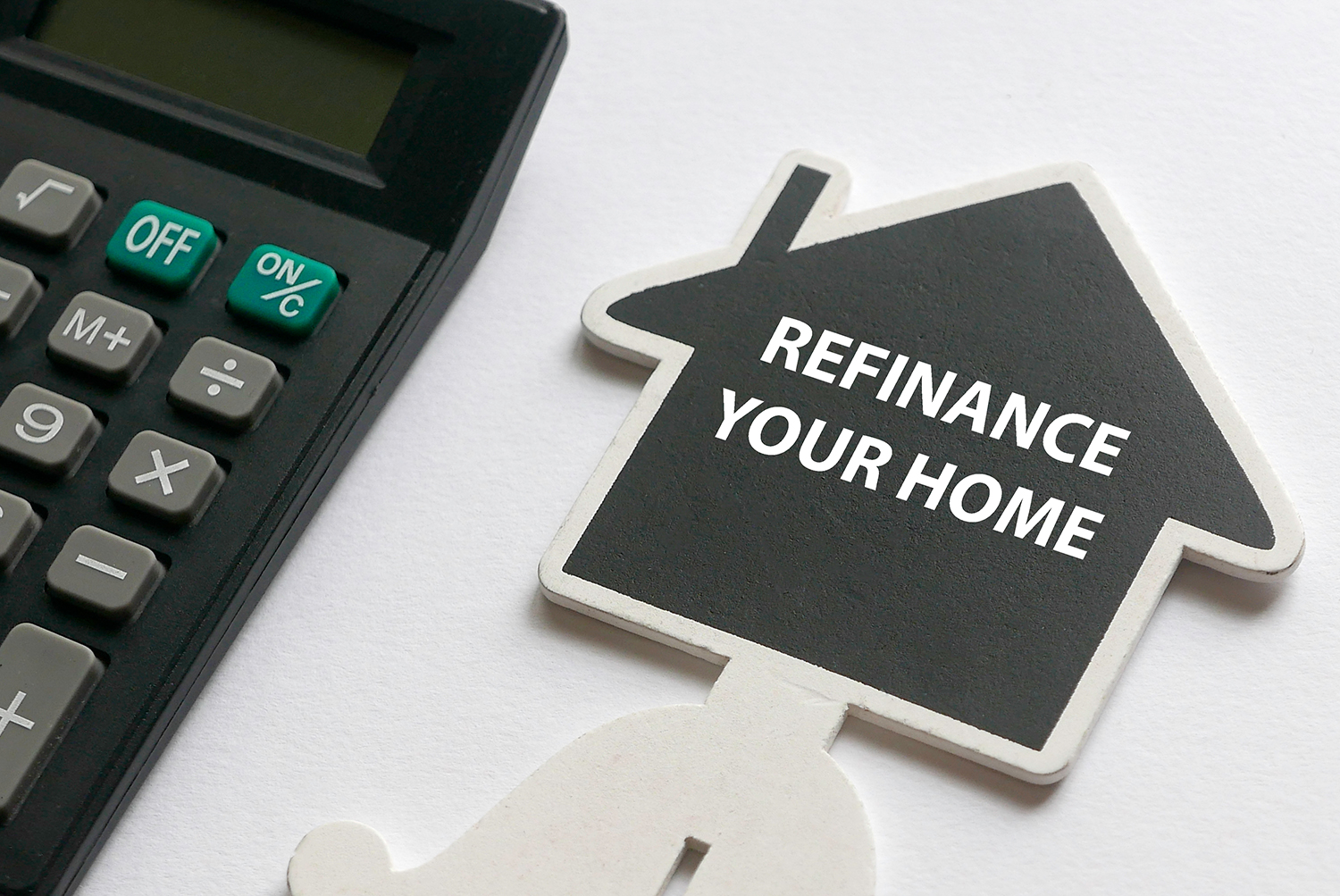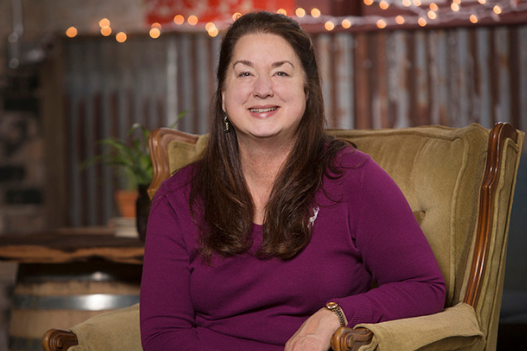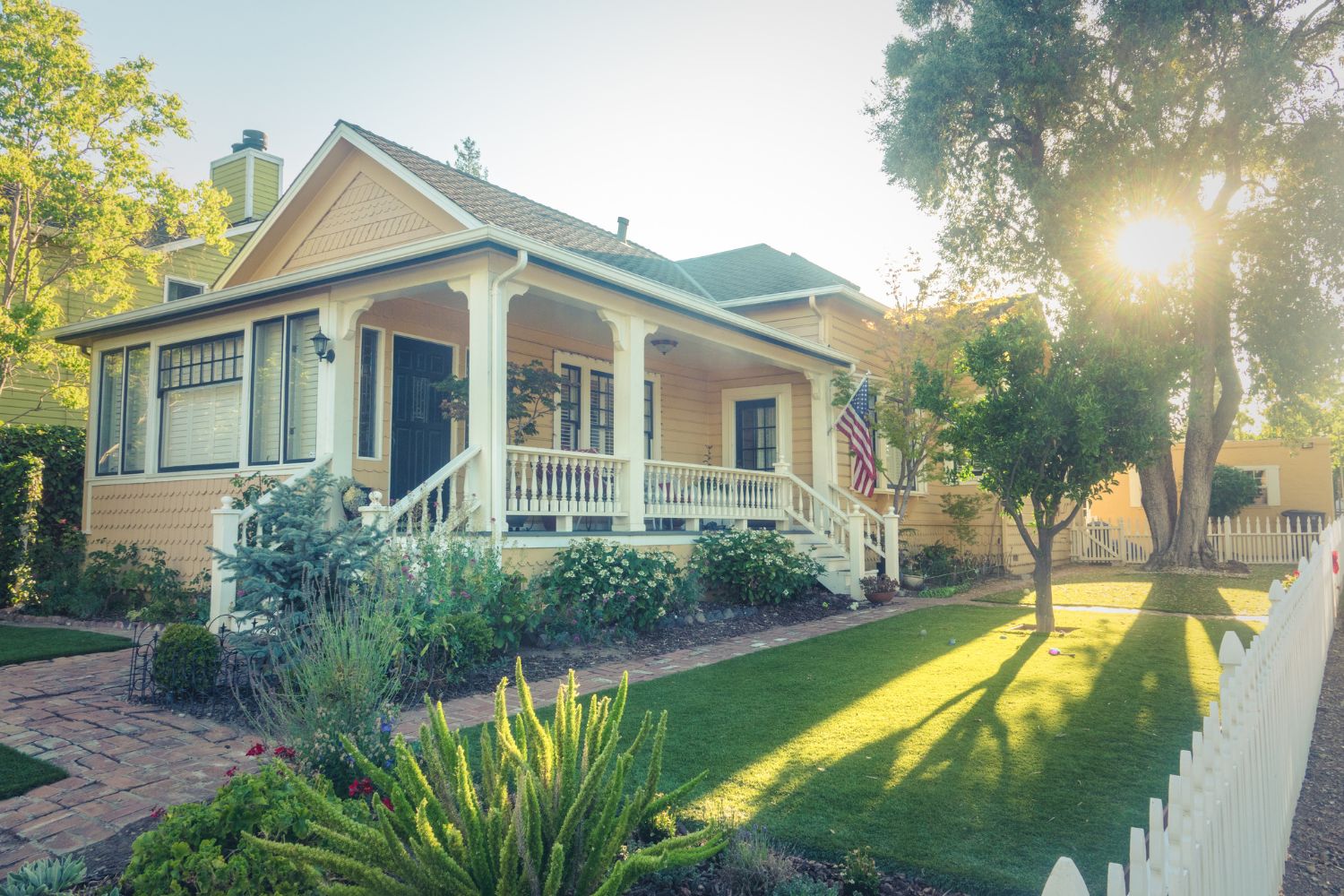In January 1982, interest rates on a 30-year fixed mortgage were 17.48 percent. Can you imagine?! If you haven’t been following interest rates, they’re now hovering around 2.75 percent on that same 30-year fixed mortgage.
To put that in perspective, if you bought a home in January 1982, your monthly payment on a $200,000 mortgage would be about $2,929.39. Over the life of the loan, you’d pay roughly $854,581.87 in interest.
On that same $200,000 mortgage with the current average rate of 2.75 percent, your payment would be $816.48 and you’d pay $93,933.65 in interest over the life of the loan. That’s quite the difference, don’t you think?!
No matter your interest rate, we’re all looking for ways to pay our mortgage off early, save money and pay less interest. One way to do this is to refinance your mortgage to a 15-year loan.
When to consider a 15-year mortgage
- If your interest rate on your mortgage is higher than the current interest rate. Interest rates have been historically low for a couple of years, but if you bought before the rates dropped, you may be able to save a lot of cash by refinancing.
- If you have the financial flexibility to pay more toward your mortgage each month. If you’re already paying more on your mortgage each month or you have the disposable income to do so, you should evaluate how a 15-year mortgage would change your payment.
When a 15-year may not be right
- If your expendable income is tight each month. Moving to a 15-year mortgage will almost definitely increase your monthly payment (unless your current interest rate is significantly higher than the 15-year rate).
- If you anticipate big life changes in the coming years that will cause financial burden. This could include going back to school, having children or buying a new car. These changes will have long-term effects on your cash-flow and may hinder your ability to pay the higher mortgage amount.
Potential Savings
Below is an example of how your loan could change if you refinanced from a 30-year fixed rate mortgage to a 15-year fixed rate mortgage, assuming a $200,000 loan.
As you can see, your monthly payment increases by only $221 per month, but you pay off your home 15 years sooner and you save $164,504 over the life of the loan. That’s huge!
| Interest rate | Monthly payment | Interest paid over life of loan | |
| 30-year fixed mortgage | 5.5% | $1,136 | $208,808 |
| 15-year fixed mortgage | 2.75% | $1,357 | $44,304 |
Can that be right!?
The two most influential factors that determine your mortgage are the interest rate and the term, or length of the loan.
The interest rate determines how much you pay your financial institution every month for borrowing you the money for your home.
The term of the loan dictates how long it’ll take you to pay back the loan in its entirety. The most common home mortgage loans are 15 and 30-year. Most homeowners opt for the 30-year to allow themselves a lower payment. While the monthly impact on their cash-flow is lower, the long-term impact is much greater.
If you look at an amortization schedule, you’ll see that the early payments of your mortgage go almost completely toward interest. It’s not until later in the life of a loan that you start really knocking down your principal.
When your loan term is shorter, the increased payment means more of your monthly payment goes towards principal sooner.
At Deerwood Bank, we’re committed to helping Minnesota homeowners make informed financial decisions that save them money and build long-term security. Whether you’re considering refinancing to a 15-year mortgage or exploring other home loan options, our team is here to guide you every step of the way. If you’re wondering how a 15-year mortgage could help you pay off your loan sooner and save your family thousands of dollars, contact one of our mortgage experts.





